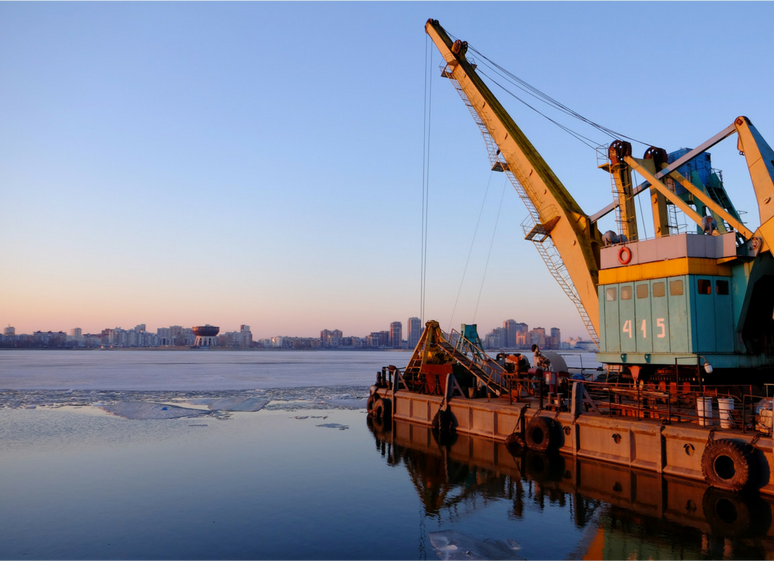Want to Stay Ahead of New Environmental Regulations? Do This One Thing Right Now
How do you keep up with new environmental regulations? It’s a question we hear EHS professionals asking all the time.
According to research by Deloitte, regulatory uncertainty is one of the top challenges faced by companies in the energy, banking, insurance, life sciences, investment management, and securities industries.
Among energy companies, “understanding new requirements and how they apply to their specific businesses” was cited as the top challenge. Other obstacles — like how quickly new regulations emerge, and a lack of clarity around new requirements — make it even harder to keep up. But you already knew that.
While you can’t predict new environmental regulations, you can be prepared for the unexpected. A good place to start? Centralizing your environmental data.
What is data centralization?
Centralization refers to the practice of storing and maintaining all your data in a single location. This location is most often a database system like commercial EHS/ESG management software.
To understand why centralization is so powerful, think about preparing for tax season: You can spend hours rifling through your drawers, wading through a flood of receipts, and printing out bank statements in order to file your taxes. Or you can track everything in a single location, clearly labeled so you can find what you need in a flash.
Similarly, by storing all your environmental data in a single place, you’ll have instant access to the information you need to show compliance with new regulations or to adapt your current environmental management system processes and practices.
When you centralize your environmental data, you will:
1. Streamline environmental reporting
When your data is spread out across various systems, reporting is time-consuming and often inaccurate. Centralizing your environmental data streamlines internal and external reporting while ensuring data integrity.
2. Keep up with changing regulations
Changing environmental regulations means changing complex formulas and calculations. If your data is spread out across multiple different systems, this means manually going into each system and changing the calculations each time a regulation changes. By contrast, when your data is stored in a central location, you can make formula changes once and apply them across the board.
3. Never miss another deadline
Most businesses rely heavily on individual employees to keep track of the compliance deadlines they are each responsible for. But what happens if an employee gets sick or suddenly leaves your organization? Unless you’ve taken the step of centralizing your compliance calendar, you risk missing an important deadline and finding yourself in violation of the law. On the flip side, a centralized environmental management system allows you to track and manage all of your environmental permit requirements and reporting due dates centrally with automatic notifications of regulatory deadlines and other actions.
4. Make training new employees easier
When you use the same system for everything, training new employees gets a whole lot easier. New hires won’t need to learn multiple systems and spreadsheets. And you won’t lose valuable data when employees leave or transition into a new role. That’s especially important since many EHS departments are experiencing high employee turnover.
Your takeaway
So what should you do? If you’ve got multiple databases or spreadsheets for your environmental data, now is the time to start merging them into a single location. There’s a wide variety of environmental management software available that can help you manage your air, GHG, water, and waste data.
If you already have a centralized system in place but you’re still struggling to keep up with new requirements, it may be a sign that you’ve outgrown your current software. Request a demo today to see what Lisam has to offer!
